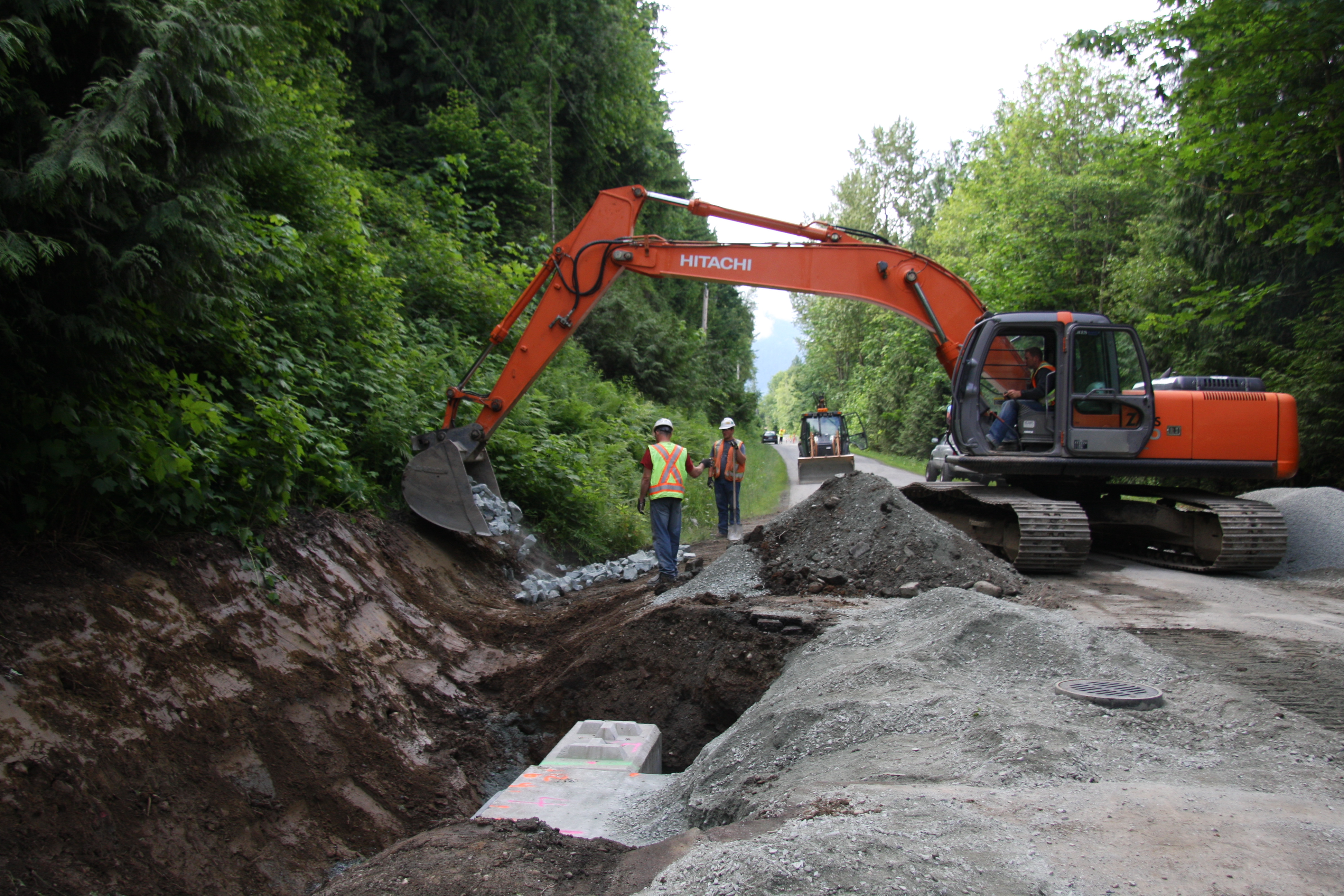Knowledgeable Tree Removal for Residential Property Safety
Knowledgeable Tree Removal for Residential Property Safety
Blog Article
Culvert Installation Made Easy: Step-by-Step Guide for Success
From picking the ideal culvert dimension to incorporating proper water drainage procedures, each step in the setup process plays an essential role in the functionality and longevity of the culvert system. Remain tuned to uncover the necessary actions and factors to consider that can make culvert installment a smooth and effective endeavor.
Picking the Right Culvert Size
Selecting the ideal culvert dimension is essential for making sure effective water flow and structural integrity in culvert installation jobs - Pad Construction. The size of the culvert straight affects the flow ability of water with the structure. A culvert that is too small can bring about flooding and overflow, while one that is also huge may lead to decreased water rate, potentially creating debris build-up and clogs
To determine the best culvert size, factors such as the watershed location, height circulation rates, and hydraulic efficiency need to be very carefully considered. Estimations based upon these criteria help in picking a size that can adequately take care of the predicted water volume while reducing the danger of obstructions and architectural failing.
It is vital to speak with design standards and criteria to make sure that the chosen culvert size satisfies the project requirements and local guidelines (Pad Construction). By picking the right culvert dimension, task supervisors can optimize water circulation, protect against possible problems, and enhance the general performance and long life of the culvert installment
Preparing the Setup Site
Efficient culvert installation requires meticulous prep work of the installment website to make sure optimum structural support and performance. Prior to commencing the installment procedure, it is critical to clear the site of any type of particles, vegetation, or obstructions that could hamper the culvert's positioning. Making certain a degree foundation is essential for the appropriate alignment and stability of the culvert. This may involve grading the site to develop a smooth, even surface that can adequately sustain the weight of the culvert and any awaited loads. Furthermore, correct compaction of the soil under the culvert is necessary to stop resolving or changing with time.
Moreover, it is essential to take into consideration factors such as soil composition, groundwater degrees, and ecological impacts when preparing the installment website. Performing a thorough site assessment can help determine any type of prospective obstacles or dangers that may influence the culvert's efficiency. By putting in the over at this website time to prepare the installment website appropriately, you can aid guarantee a successful culvert installment that fulfills structural demands and makes certain long-term performance.
Placing the Culvert Correctly

The grade at which the culvert is placed is important for keeping a proper slope for water flow. Additionally, the culvert ought to be oriented appropriately to make certain that the inlet and electrical outlet are in the more correct areas. Pad Construction.
Backfilling and Compacting the Soil
Appropriate backfilling and compaction of the dirt around the culvert is important to make certain security and avoid prospective concerns in the future. When the culvert is appropriately positioned, the following essential action is to backfill the area around it with ideal product. The backfill material ought to be without rocks, particles, and raw material to stay clear of damages to the culvert. It is advised to utilize granular product such as sand or crushed rock for backfilling, as it supplies good drainage and compaction properties.
Compaction helps in reducing the chances of settlement and makes sure uniform support around the culvert. It is important to small the soil uniformly on all sides of the culvert to maintain its architectural integrity.
Proper backfilling and compaction not only offer stability to the culvert however additionally help in avoiding soil disintegration and keeping the long life of the culvert system.
Making Certain Proper Water Drainage Integration
Integrating effective water drainage solutions plays a critical duty in the total capability and durability of culvert installments. Correct drain assimilation is important for handling water flow, avoiding erosion, and ensuring the architectural honesty of the culvert system. To attain this, it is vital to design a detailed water drainage strategy that considers aspects such as the volume of water expected, the topography of the area, and the sort of dirt present.

Additionally, including features like erosion control procedures, such as riprap or greenery, can additionally boost the effectiveness of the drainage system. By thoroughly preparing and executing these drain options, culvert installations can function successfully and stand up to the test of time.
Final Thought
To conclude, proper culvert installation is vital for maintaining efficient drainage systems. By choosing the ideal culvert size, preparing the setup website, placing the culvert appropriately, backfilling and condensing the dirt, and ensuring correct water drainage combination, success can be accomplished. Complying with these steps will certainly assist make sure the long life and efficiency of the culvert, eventually adding to the total success of the water drainage system.
Report this page